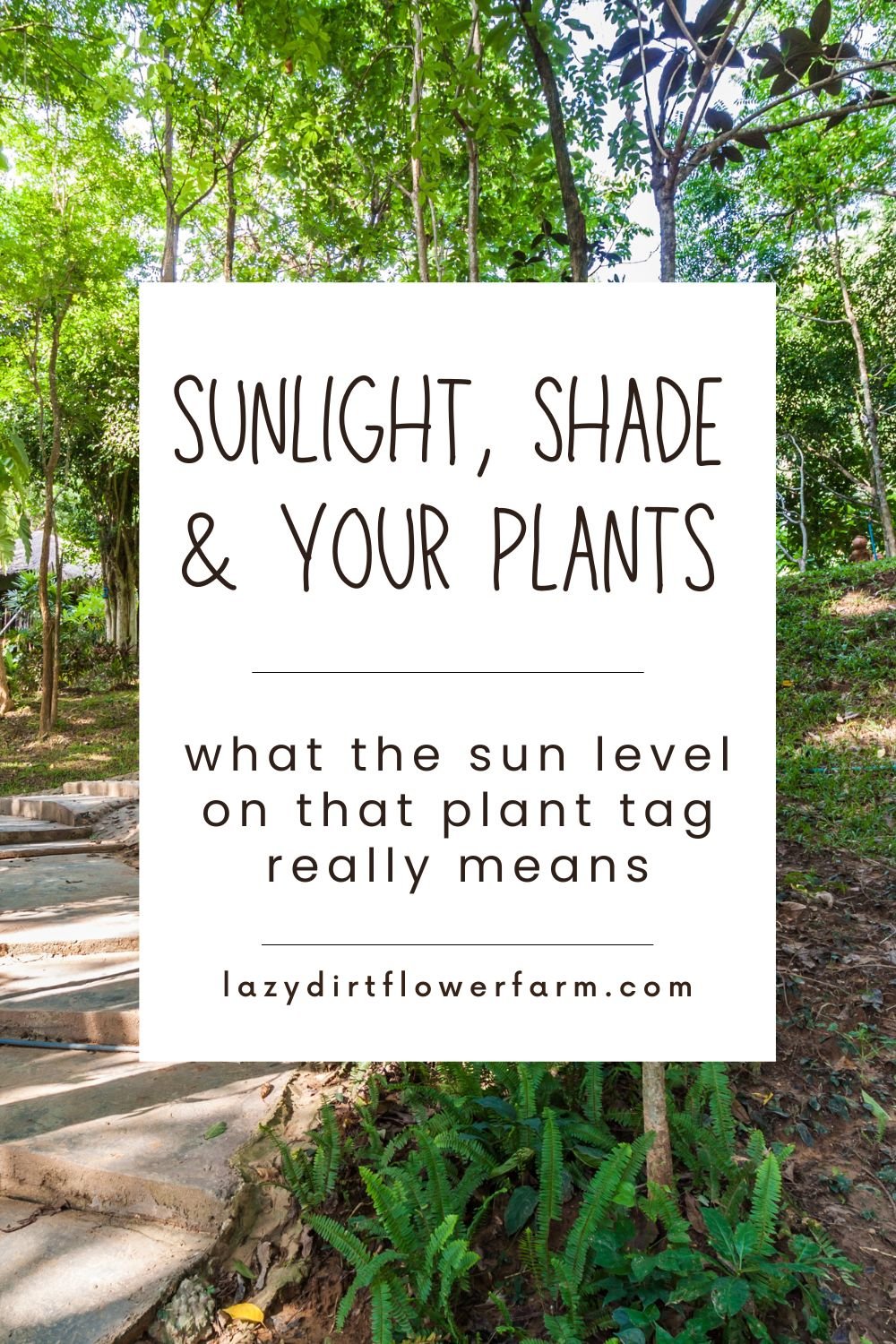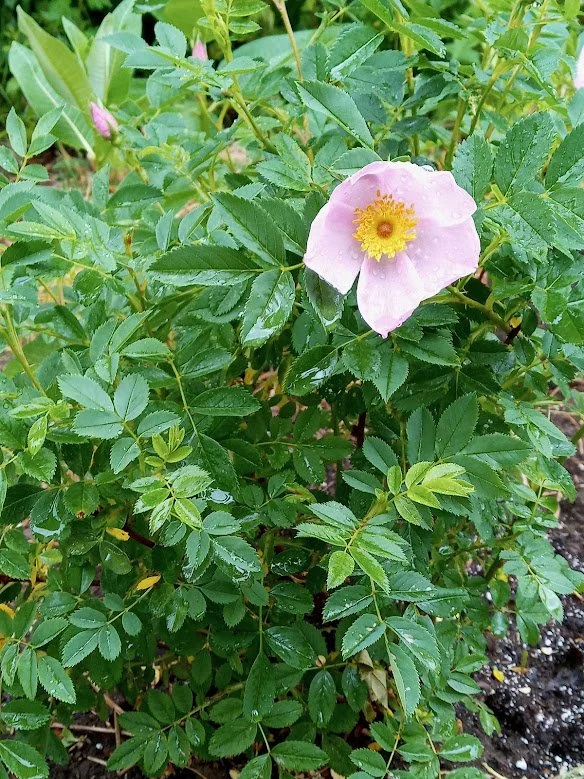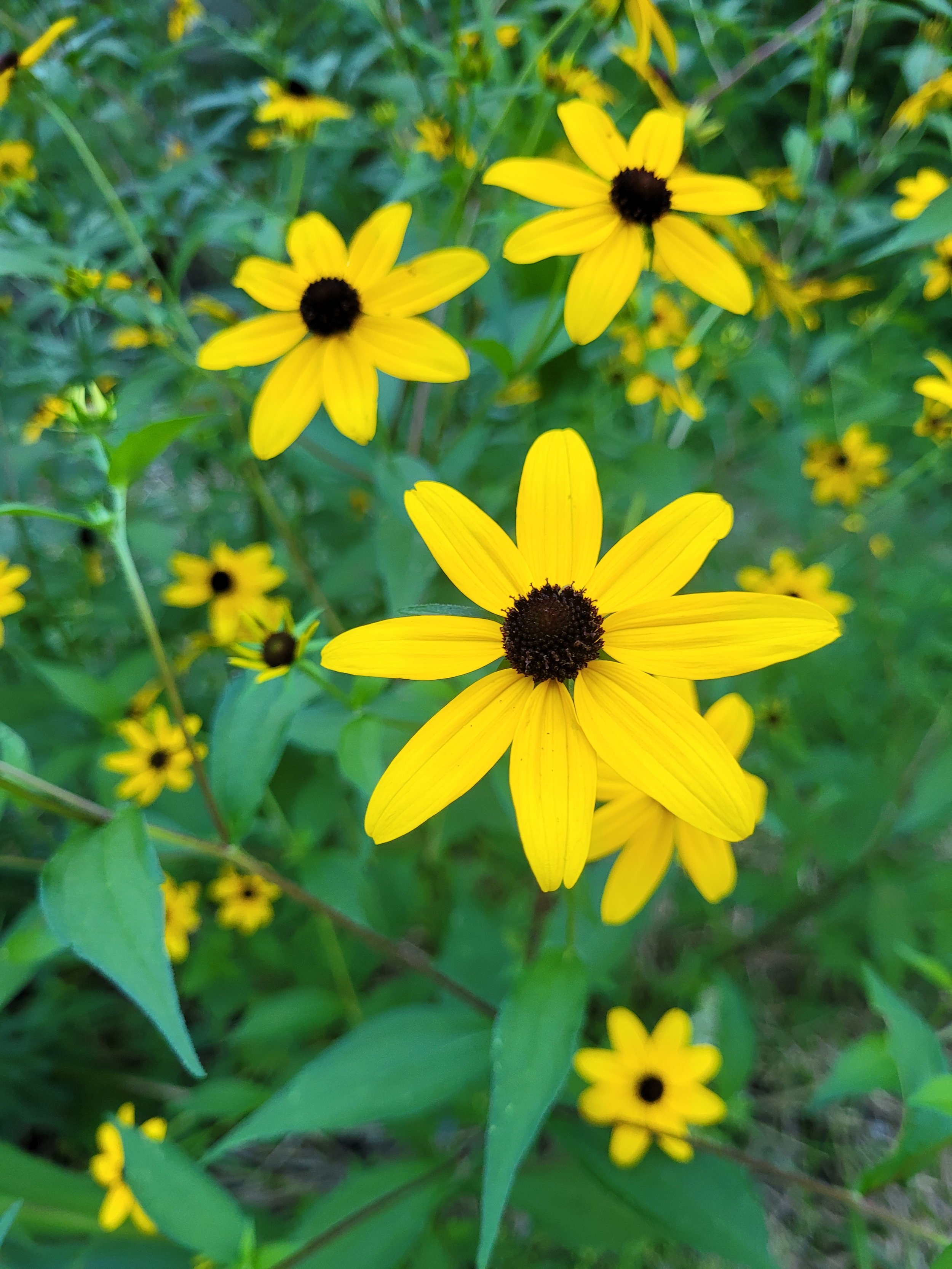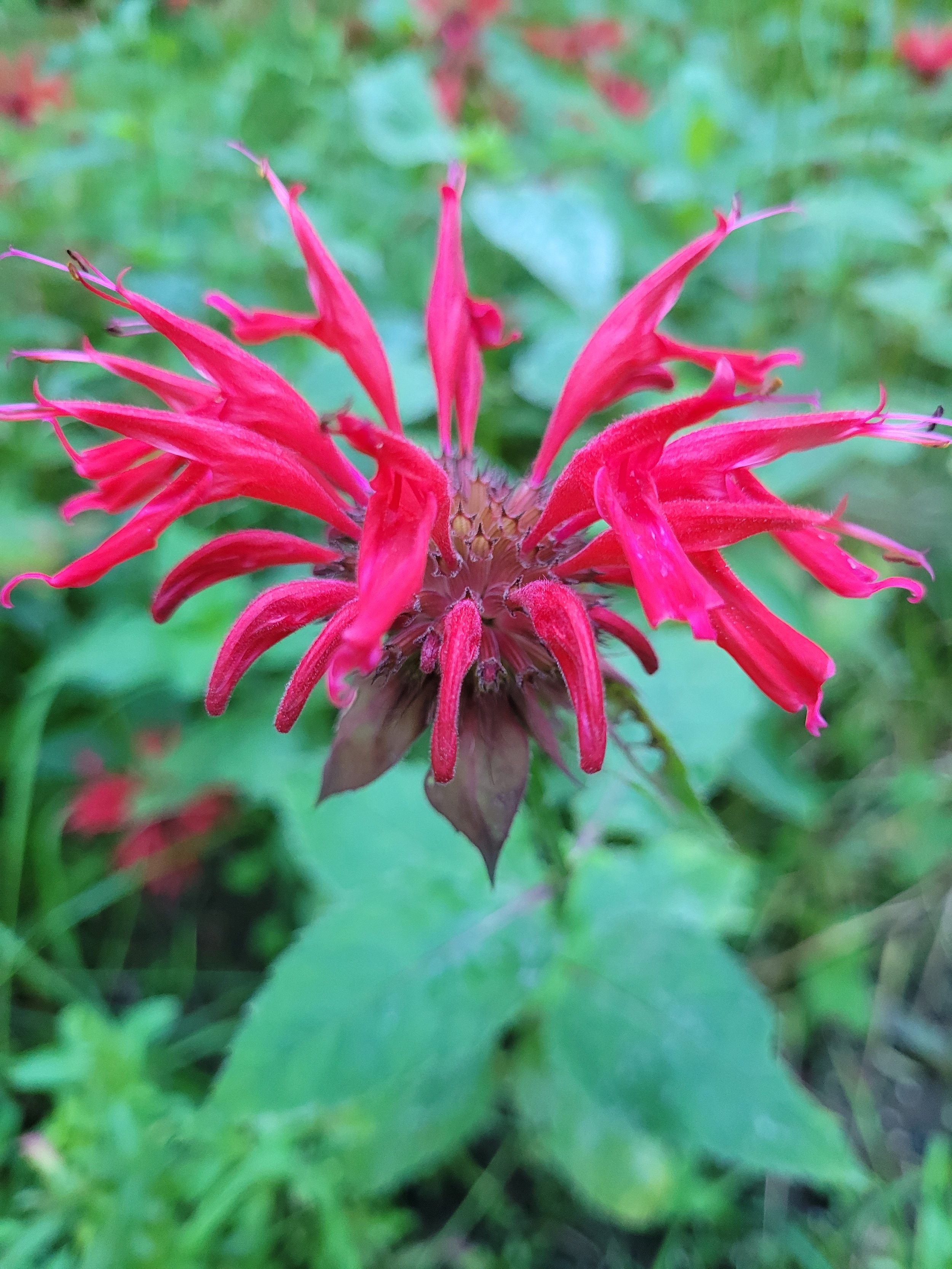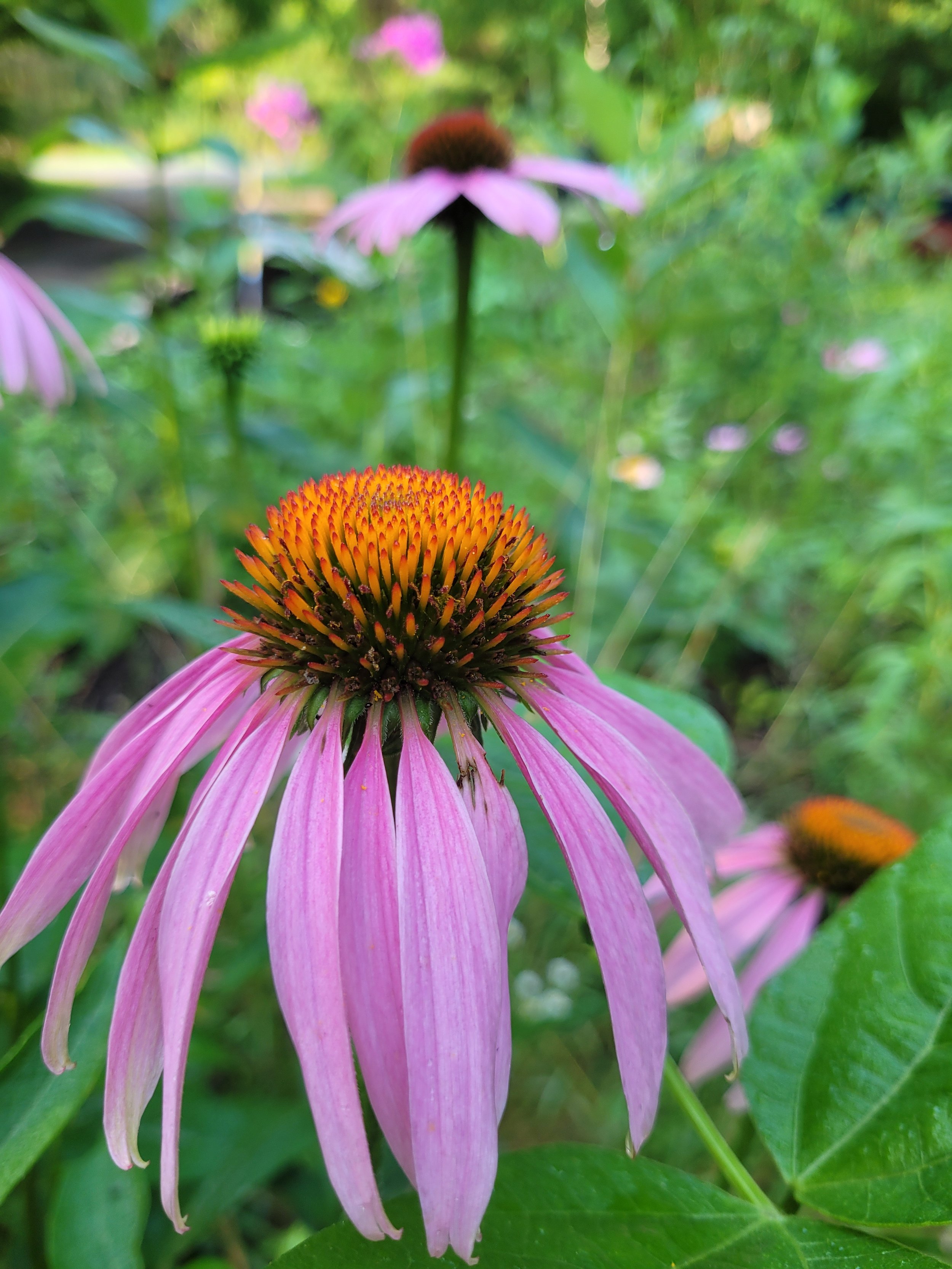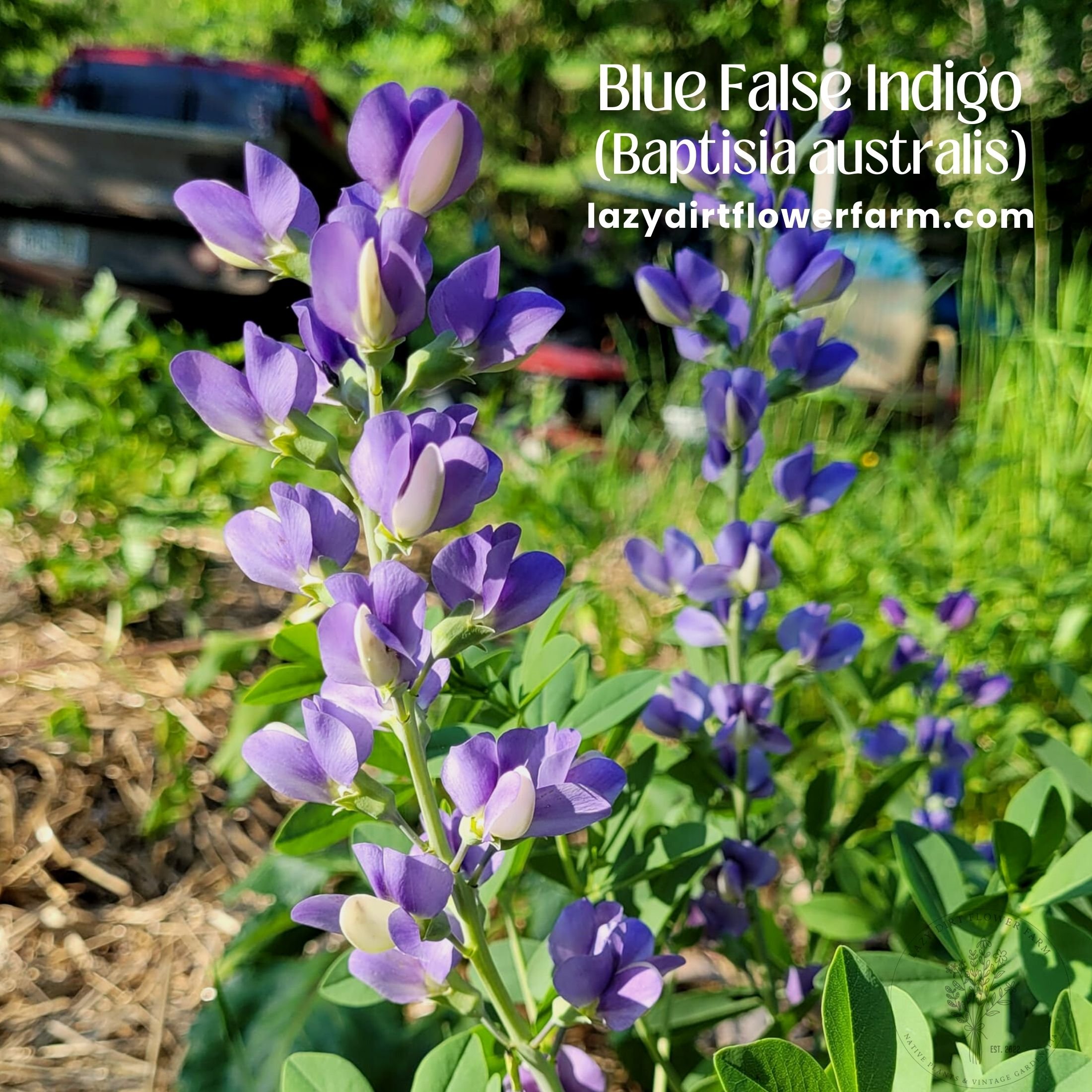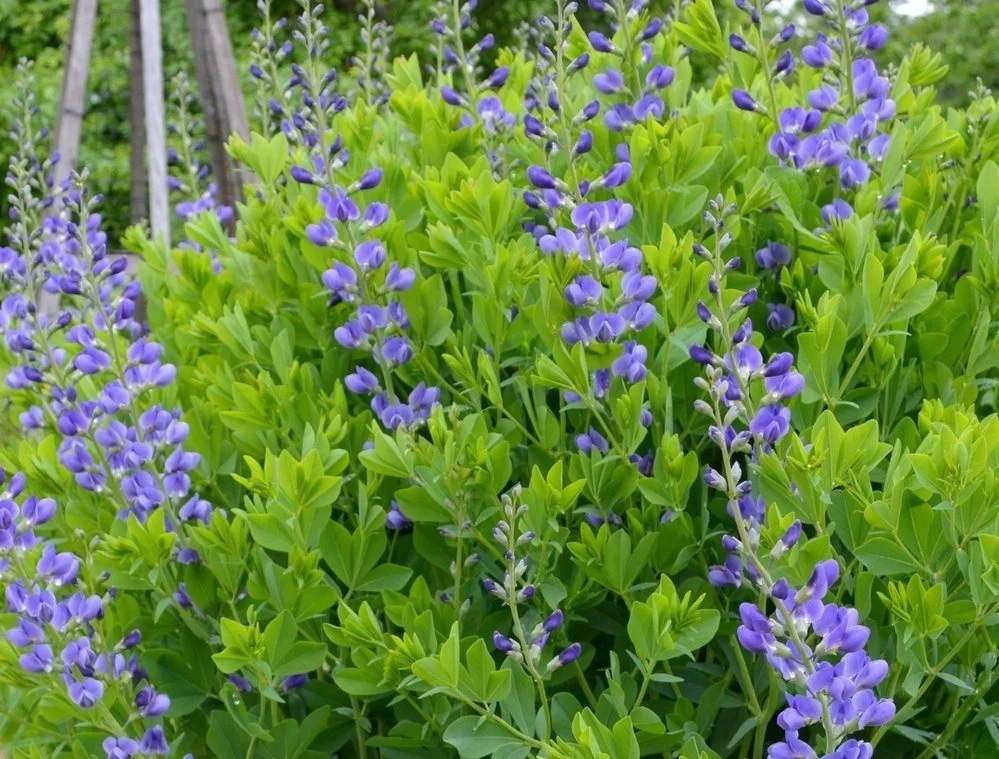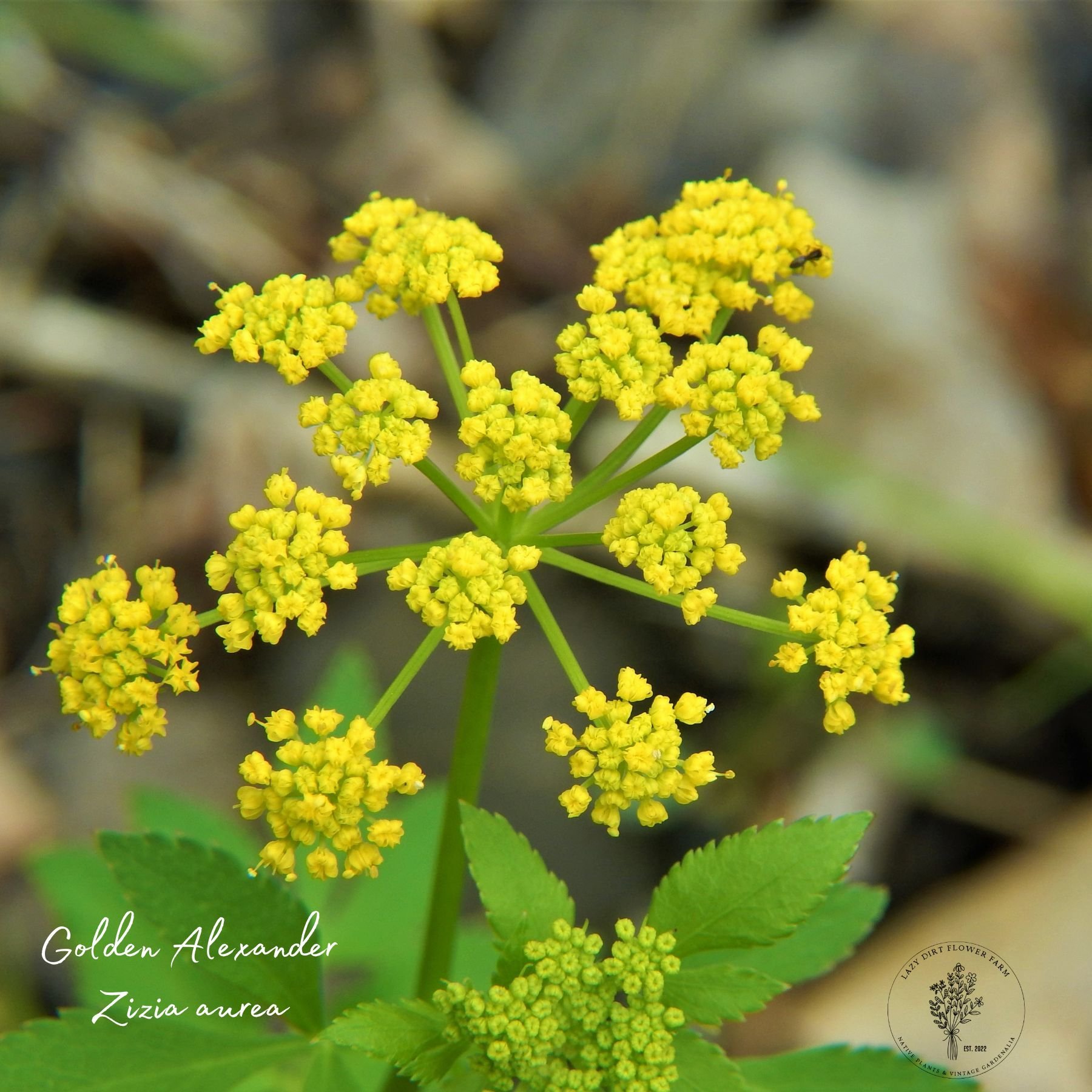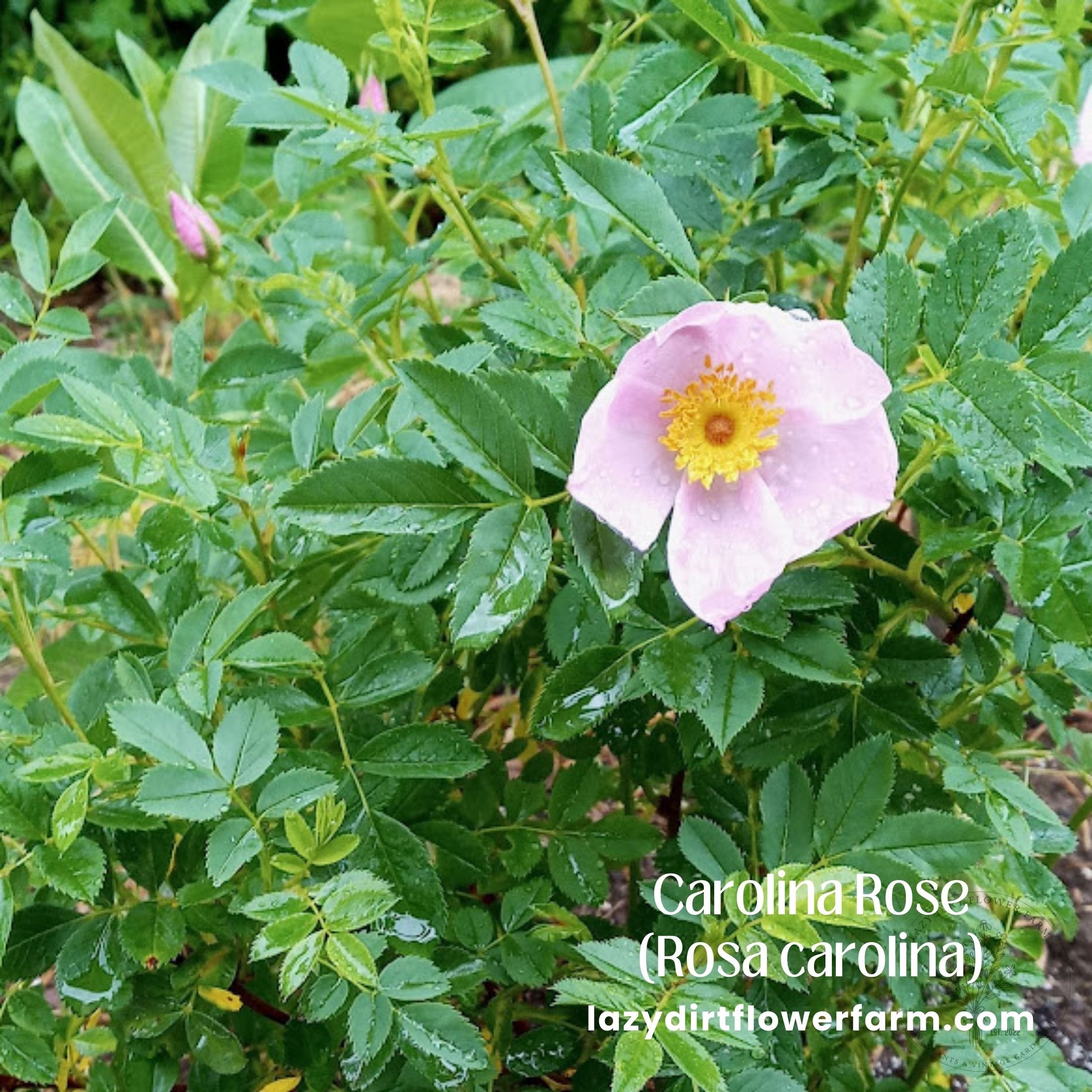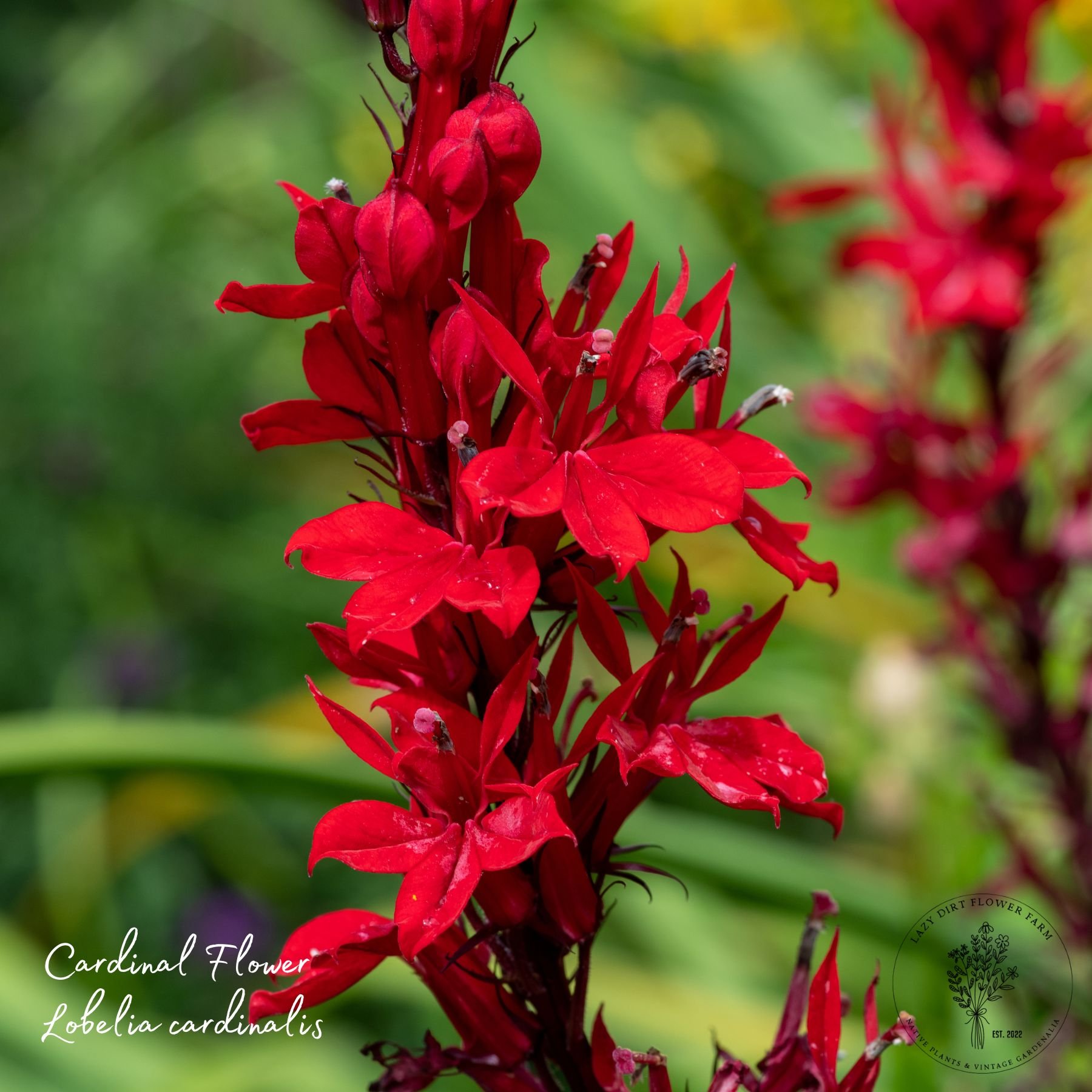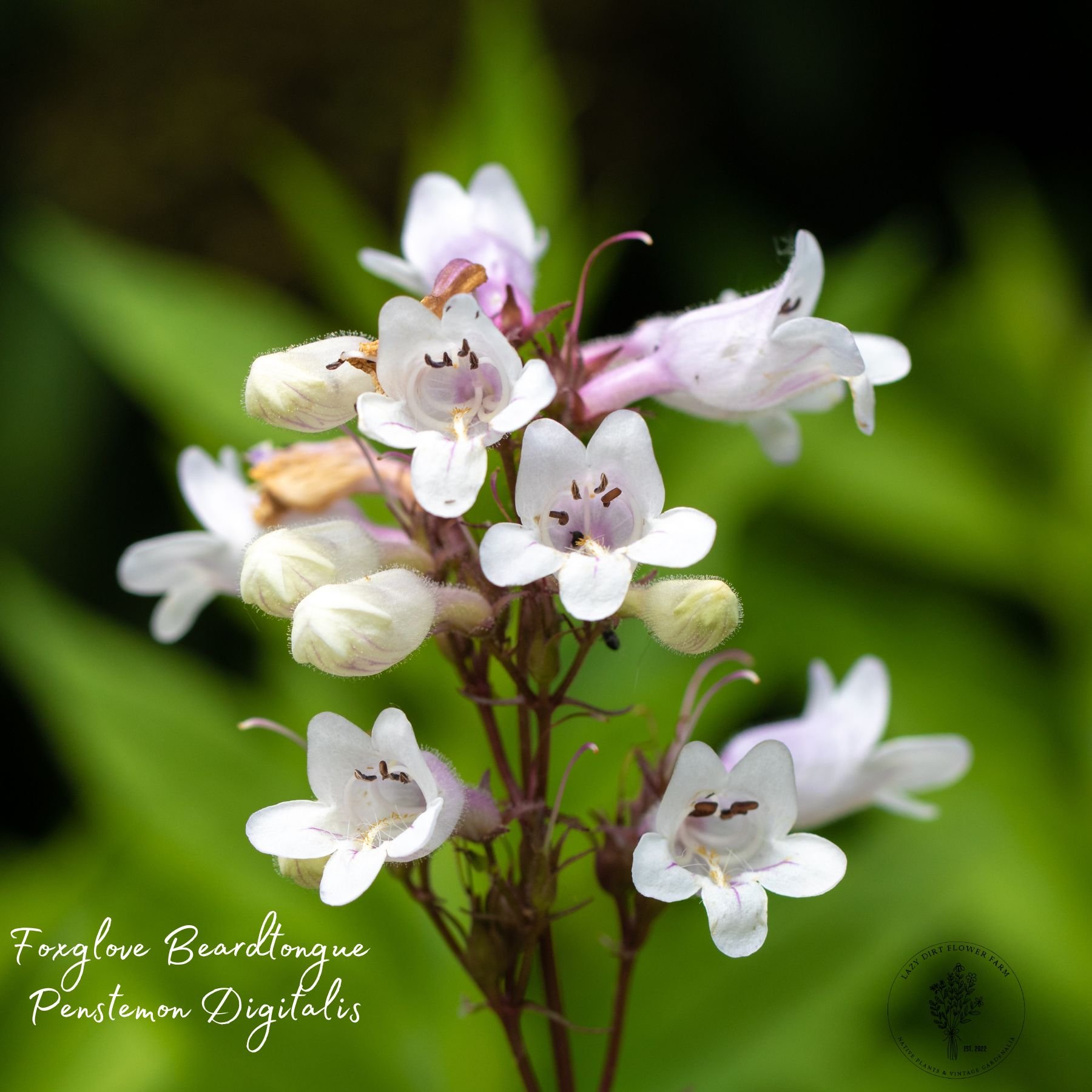Sunlight, Shade & Your Plants
In this post, you’ll find out what terms like ‘full sun’ or ‘partial shade’ REALLY mean. Plus a great ‘cheat sheet’ to help you place your plants in their best light!
Let’s jump in shall we?
You read the plant tag & picked out your plants with a care for the amount of sun the tag said it needs.
But finding a place for your plant to call home in the garden requires knowing what ‘FULL SUN’ or PART SHADE” really means.
And that tag isn’t going to tell you but I will friend!
The simple terms of ‘FULL SUN” and ‘PART SHADE” can be tricky especially if you are a rookie gardener.
And they really don’t tell you the whole story!
The tags and plant descriptions make it seem so simple. You just place the plant in the “right light conditions” listed and give them a bit of TLC to settle in.
Only to watch them struggle to thrive the rest of the season or worse die!
GASP the horror…WHY? WHY? WHY does it happen?!?
Well friend…
Sunlight or lack of it, could be the culprit.
It is not quite as simple as that tag makes it out to be!
While it certainly could be other factors like soil, condition of the plant’s roots, and water… it’s a good chance SUNLIGHT played a factor too.
Plant ID tags are part of the problem…
Friend, there’s only so much room on those little plastic tags—
FULL SUN. PART SUN. SHADE.
Short phrases that fit on the tag are a must for manufacturers of those plastic plant labels.
*note: we do not use these plastic labels at the farm. Instead we use wooden tags & list deets on benchcards to reduce plastic in your garden
To really understand what KIND of light a specific plant needs you want to really KNOW more about the plant.
Here’s what the tag isn’t telling you:
Does the plant need FULL SUN but also afternoon shade?
If part sun/shade, what time of day should the plant receive it?
How does seasonal light changes affect the plants growth?
Where would this native plant be located in the wild?
Look at Blue False Indigo…
You’ll find it’s sun requirements listed on tags as needing ‘Full Sun’. Many would read this and assume the plant needs constant sunlight for 8 or more hours a day.
However, FULL SUN can be spread throughout the day!
The Blue False Indigo pictured here is located in our “East Garden’ where it receives direct sunlight from dawn until just about noon.
Like us, on Summer afternoons this plant sits in the shade
During the high heat of the day (Noon-4pm) it receives partial shade then full shade for the rest of the day.
This means in Spring during it’s greatest growth it receives more sunlight due to the angle of the sun. In Summer, that angle is higher with stronger light. I’ve placed the plant in a spot where has protection from the highest heat and sunlight of the day
No worries on it getting enough sunlight either because it received it’s required hours of sunlight all morning!
A very happy plant indeed!
But what exactly is Full Sun? Part Shade?
It is the hours of light a plant needs to THRIVE.
This of course varies based on the plant species unique needs. Again, it is helpful to know WHERE in Nature you’d find the plant growing.
Thanks to our pal Becky, we’ve got a REAL garden example!
Becky has a south facing porch with a concrete sidewalk surrounded by two garden beds. This is a ‘HOT SPOT"‘ garden because it receives FULL SUN for over 10 hours especially between NOON and 4pm. All that sunlight produces heat that radiates off of the brick patio and concrete walkway.
In 2022, she filled this ‘hot spot’ garden with plants that like heat and full sun. She used our Purple Coneflowers, Anise Hyssop, Rudbeckia plus Prairie Dropseed. This South facing garden gets over 10 hours of sun a day!
All of these native plants would naturally be found in open fields & meadows. In that wild setting, full sunlight and competition from tall grasses forces these meadow plants to reach for the sunlight adding height to the blooms. This competition also shades and cools the soil protecting roots from intense heat AND retains moisture.
Here in Becky’s garden they are packed tightly (competition/soil protection). They seem to be celebrating having 8+ hours a day of sunlight all for themselves!
Just beautiful.
What a great spot sip iced tea while watching hummingbirds, bees & butterflies!
Back to the sunlight… so how many hours of light are we talking about anyway?
SHADE or FULL SUN— these terms are the hours of LIGHT a plant needs to thrive not the hours of shade!
Quick Tip:
Watch and note how the sunlight changes per time of day and throughout the seasons in your garden.
Plants that need ‘FULL SUN’ want to bask in 6 or more hours of direct light a day. Note that some native plants like native sunflowers may actually want MORE light than that.
Now here’s the fact that will change how you look at SHADE…
When you see ‘SHADE’ listed in a plant description and tag…
IT IS NOT THE HOURS OF SHADE!
Let’s repeat that one…
SHADE is not the hours of shade.
It is still the hours of sunlight the plant needs..
I know… I know.. take a moment…
Let’s say you have a shady area in the garden. You’re here at the farm looking for ‘shade plant’ and want to bring home Swamp Rose Mallow (Hibiscus moscheutos)
Thriving in ‘part shade’ Rose Mallow Hibiscus needs 4-6 hours of sunlight preferably filtered as they are often found is swampy forests.
Even FULL SHADE loving plants still need sunlight!
Usually plants need 2 or less hours of direct/filtered sunlight to thrive. Placing these shade loving plants under trees & shrubs or along a north side of the garden easily achieves this.
Or you can place them in a location with direct sunlight in the early morning and late evening.
You can also place shade loving plants under native trees and shrubs. This creates vital ‘soft landings’ for caterpillars AND shelters the plants from the suns strongest rays between 9am and 7pm.
As the sun rises & sets these plants will get their 2 hours or less a day of sunlight.
It can be a little confusing…
This is especially true when you also have to consider soil moisture, height and spacing!
Even more so when you’re in the middle of your favorite independent nursery overwhelmed by all the plant choices!
So here’s a little cheat sheet
Next time you visit our nursery to pick out your plants I hope you find this quick Sun & Shade Guide helpful!
Until next time~ keep growing for pollinators and smiling at the bumblebees!
Bibliography & Resources
Lady Bird Johnson Wildflower Center
‘Defining Sun Requirements for Native Plants’, Scott Vogt. December 2020 Dyck Arboretum
‘Environmental Factors Affecting Plant Growth’ Oregon State Extention Service
